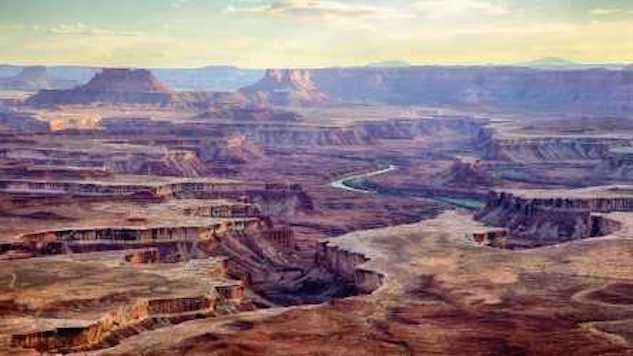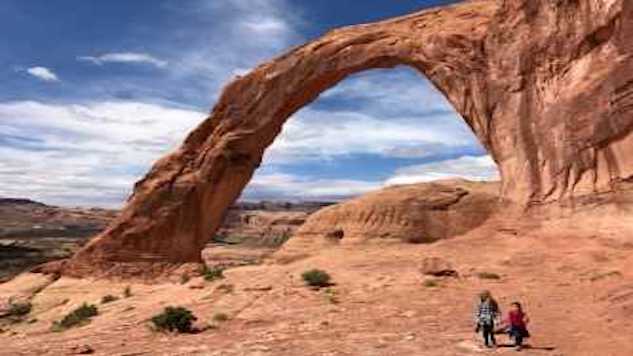Moab’s Tri-force Of Nature: Canyonlands, Arches, Castle Valley

“This place is big.” That’s what I daftly said to my wife while overlooking one of the most dramatic viewpoints of Canyonlands National Park recently. In hindsight, my obviousness was a gross understatement.
You see, Canyonlands is 70 square miles bigger than Utah’s other four National Parks combined. It’s so mighty that it’s divided into three sub-districts that (if separated) would probably warrant their own distinctions as National Parks, namely Islands In The Sky (the most popular, if not scenic), The Needles, and The Maze—arguably the most inaccessible area of protected America.
But Canyonlands is defined by more than just its size and diversity. Its belly is where the Green and Colorado Rivers combine to form one super-Colorado, the same one that carved both the beautiful Lake Powell and massive Grand Canyon a little further “downstream.” In many ways, the park itself is just as grand, if not moreso given the dueling rivers that cut the namesake “islands” that seemingly float in the sky.
This impressive effect is best observed at sunset from the Green River Overlook (pictured). Or while driving the white-knuckle switchbacks of the Shafer Trail and onto White Rim and Potash Roads in a 4×4 vehicle. Or while taking in Colorado’s gooseneck canyons from Deadhorse State Park just outside of Canyonlands.
While I can’t yet speak about the distant Needles or Maze districts (having never visited either), Islands In The Sky get even bigger when you lump in two of nearby Moab’s other forces of nature Arches National Park and Castle Valley. The former is home to Utah’s iconic Delicate, Landscape, and Double Arches, as well as the famous Balanced Rock. The latter is the area darkhorse—like driving along the bottom of a lesser Grand Canyon while on scenic byway 128.
-

-

-

-

-

-

-

-

-

-

-

-

-

-

-

-

-

-

-

-

-

-

-

-

-

-

-

-

-

-

-

-

-

-

-

-

-

-

-

-









































